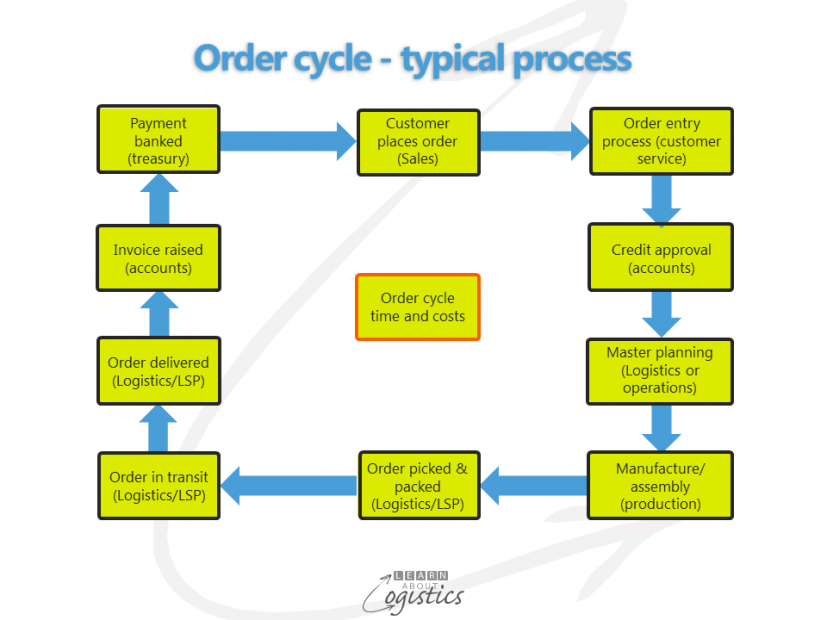Collecting the money.
After all the work has been done to fulfil the order, comes the wait until the customer pays the account. But what if the customer does not pay? This is the situation for suppliers to a large metals processor in Australia – it has gone into voluntary administration with debts of $A70m.
The challenge is that the administrators have not assumed financial management of a traditionally structured business; they have not moved into a business with assets. The business is structured with the owning business as a shell company with no physical assets; this is called a service company or operating entity. It retains just enough money to pay the next period’s debts; it employs the workers and contracts with suppliers but does not own any assets. The land and physical assets of the operating business are owned by two other companies. There is an agreement for these two companies to manage the facility on behalf of the services company.
This business structure is a technique to protect assets in case of insolvency. When things are going well, all suppliers are paid and no one knows of the structure; but when things go bad and suppliers are not paid, there is no money available – the retained profits and physical assets are in separate entities. Suppliers are left wondering what went wrong and whether they will ever see their money.
You might well think this is an interesting story, which does not affect supply chains – it is a sales and accounts problem. But is this a reasonable approach; think about responsibilities and where (and why) processes do not have the desired results; as in this case.
The diagram shows the typical order cycle process, with different functions responsible for elements of the process. Sales are responsible for getting the customer and future sales, so they are not interested in the customer’s business structure. Accounts provide credit approval for customers, but if the search shows the customer has a good credit history, why enquire further? Logistics, or the logistics service provider (LSP) delivers the goods and obtains a goods received note GRN but does not collect the money.

A different approach
This has Logistics with responsibility for the cycle of customer relationships; take the order, credit approval, planning, delivery, invoicing and collection? As Logistics delivers the items to customers, it should be responsible for collecting the debt. The order cycle diagram is now simplified with the Supply Chain group (Procurement, Materials Conversion and Logistics) responsible for customer relationships, including the order cycle.
With Logistics carrying responsibility, it has the incentive to address steps through the order cycle process that are negatives for customer satisfaction. One area is complexity in the communication process; for example, the need to enter the customer’s details prior to answering questions concerning an order, stock availability or problem. Good customer relationships accepts that customers want their enquiry answered first.
Another element for improvement in the order cycle is providing accurate delivery promises; funded by reduced delivery delays, expediting and exception handling through the delivery process. An accurate delivery promise is dependent on the order fulfilment planning process, especially for multi-channel delivery and the criteria used for order promising, which should be:
- Available in Stock (AIS) – the items is available for delivery within a defined period and defined geographic area
- Available to Promise (ATP) – the item is scheduled within the current production or import plan
- Capable to Promise (CTP)
- items can be available within a defined lead time based on:
- available production and/or storage capacity and capability resources availability
- sufficient demand
- items can be available within a defined lead time based on:
- Capable to Deliver (CTD) – based on the the following elements:
- transport mode availability
- transport lead time and likely variability in the LT
- transport link capacity and schedules
To improve the order fulfilment planning process requires timeliness of data handling and data accuracy. Again, with the order cycle under one responsibility, Logistics has a ‘no excuses’ reason to improve data timeliness and accuracy. With an operating responsibility for maintaining customer relationships, there is the authority to ensure that customers have a financial structure which ensures that invoices will be paid. Amid all this improvement, there could even be a move to calculate the cost of placing an order – currently a near impossible task.
Re-organising customer relationships is a step in enabling an organisation to know its Cost to Serve (CTS), for at least the twenty percent of customers that provide eighty percent of the sales income (the 20/80 rule or Pareto principle). CTS is the technique to collect the multiplicity of costs incurred to actually serve customers. Although the products sold may have similarities, there can be significant differences in the CTS between customers. This is due to the buying process by customers, order size, customer service expected, account management requirements, demand flexibility and response and contract complexity.
To gain maximum results from your Supply Chains, a key part is knowing your CTS and to achieve this is structuring responsibilities for customer relationships so that the Supply Chains group is charged with making Availability the aim and effective customer relationships as one of the means to achieve the Aim.

